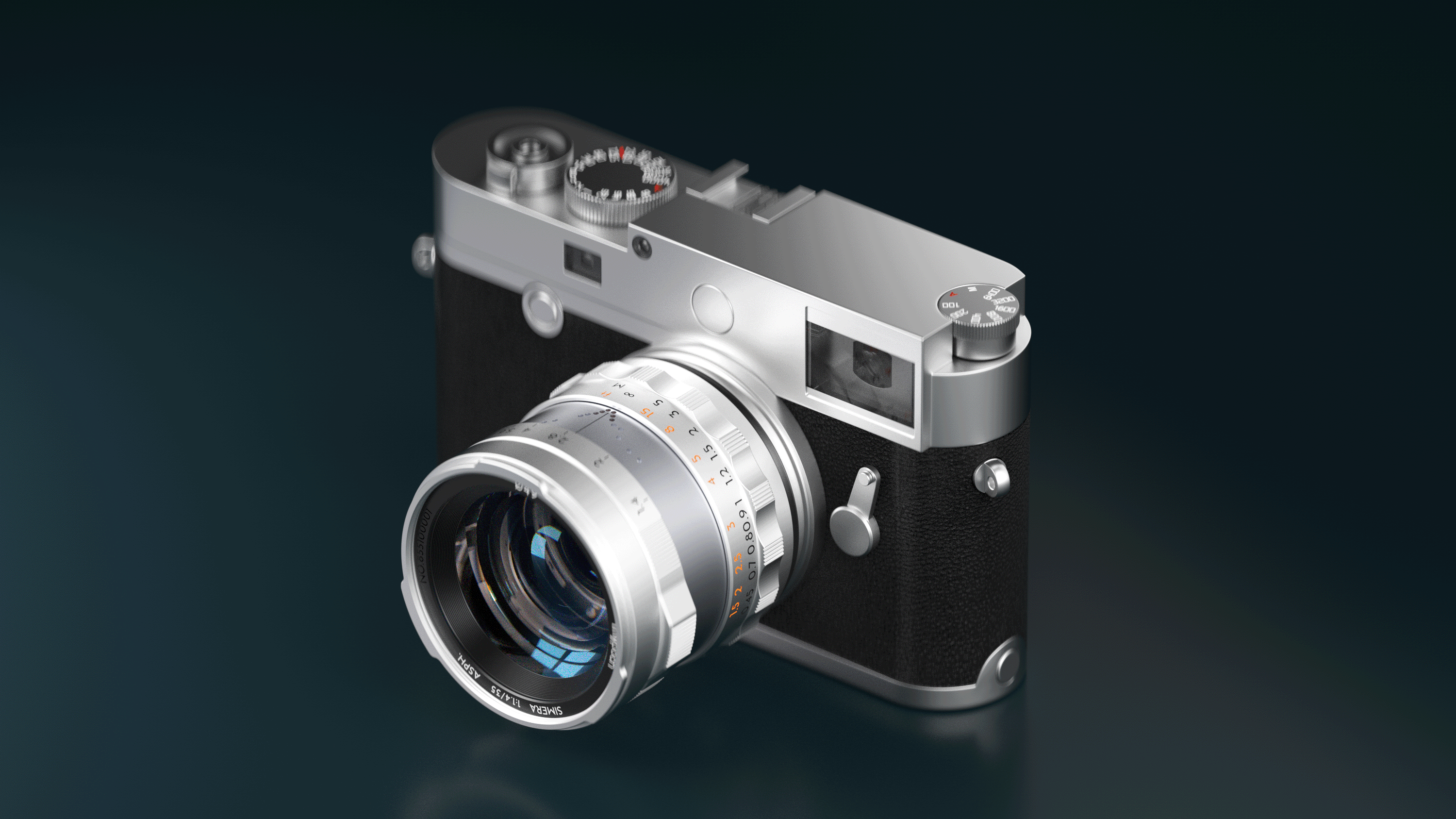What is the effect of the minimum focusing distance of Simera lenses?
The minimum focusing distance of the lens is an important consideration for photographers during the shooting process. It determines the clarity and detail of the closest objects we can photograph. In this article, we will explore the concept of the closest focusing distance of a photo lens, its impact on photographic creation, and how to make full use of this technology for artistic expression in close-up photography.
To begin with, let’s explain what focus is. The so-called Focus is to adjust the distance between the subject and the photo lens. As the focus ring is adjusted, light passes through the lens system and is focused at different distances. If the focus ring is set correctly, the subject will appear clearly on the imaging plane; otherwise, the subject may appear blurry or unclear.
What is the minimum focusing distance?
Minimum focusing distance is an important technical specification of a lens, which determines the clarity and detail of the closest object a photographer can capture. When an object is closer to the lens than the minimum focusing distance, the lens will not be able to focus it sharply. Similar to our eyes, when an object is very close to the eye, you cannot see it clearly, which means you cannot focus.
The minimum focusing distance of the lens can be found on the lens focus ring. Lenses of different focal lengths, of different brands, or even lenses of the same brand and same focal length but released at different times, may also differ in the minimum focusing distances. For example, the minimum focusing distance of the Leica lens Summilux-M 35mm F1.4 ASPH, the new version has been shortened from the original 0.7m to 0.4m, giving the lens a certain degree of macro and close-up capabilities. However, due to the rangefinder system of the Leica camera, the rangefinder focusing system will fail when the nearest focusing distance exceeds 0.7m, and an electronic viewfinder screen is required to take the view. Therefore, when the lens focus ring rotates from 0.7 to 0.4, a tactical feel will be added to remind you. Users owning the different machines use appropriate methods to achieve accurate focusing.
As we can see on the Simera 35mm f/1.4 and Simera 28mm f/1.4, their minimum focusing distances are 0.45m and 0.4m respectively, both with a touch prompt of rangefinder focusing failure at 0.7m. In addition, this lens is also equipped with a visual depth of field scales design, allowing photographers to accurately estimate the shooting distance and depth of field range. The most surprising part is that this lens is priced at only $699, a budget choice of value for money.
Such innovative designs and technological breakthroughs allow photography enthusiasts and photographers to express their creativity and visual ideas more freely. Whether it is Leica’s classic lenses or Thypoch’s new products, they are constantly promoting the development of photography technology, allowing us to better capture the beautiful moments in life. As technology continues to advance, we can expect more surprising photography equipment to come out, bringing us more shooting possibilities.
What is the function of the minimum focusing distance of the lens?
- Excellent bokeh (blurred background)
A shorter minimum focusing distance allows you to get closer to the subject. The farther the subject is from the background, the more obvious the background will be blurred, making it easier to achieve the often-called "blurred" effect. It is very helpful for shooting works that require shallow depth of field. To a certain extent, if the aperture is not large enough and the focal length is not long enough and as you can get closer to the subject, you can also get a good blur effect.
.jpg)
shot with Simera 28mm f/1.4 by @東來_ldldick
- A degree of Macro capabilities (Magnification Effect)
The short minimum focusing distance can help you capture small objects or take macro photos. It allows you to get closer to the subject, capture object details at a larger size, and present a greater magnification effect in the image, revealing the subtleties of the object. This is useful for doing macro photography or photographing very small subjects, and can create strange visual effects that make the subject more spectacular and eye-catching.
shot with Simera 35mm f/1.4 by @weipanpp
Maximum magnification is related to the focal length of the lens and the lens design. Some specially designed macro lenses usually have a closer minimum focusing distance and a larger maximum magnification. The maximum magnification of general standard lenses is lower. Although a closer focusing distance can achieve a certain magnification effect, it does not mean that it can replace the visual impact brought by a macro lens. Don't confuse "maximum magnification" with "minimum focus distance".
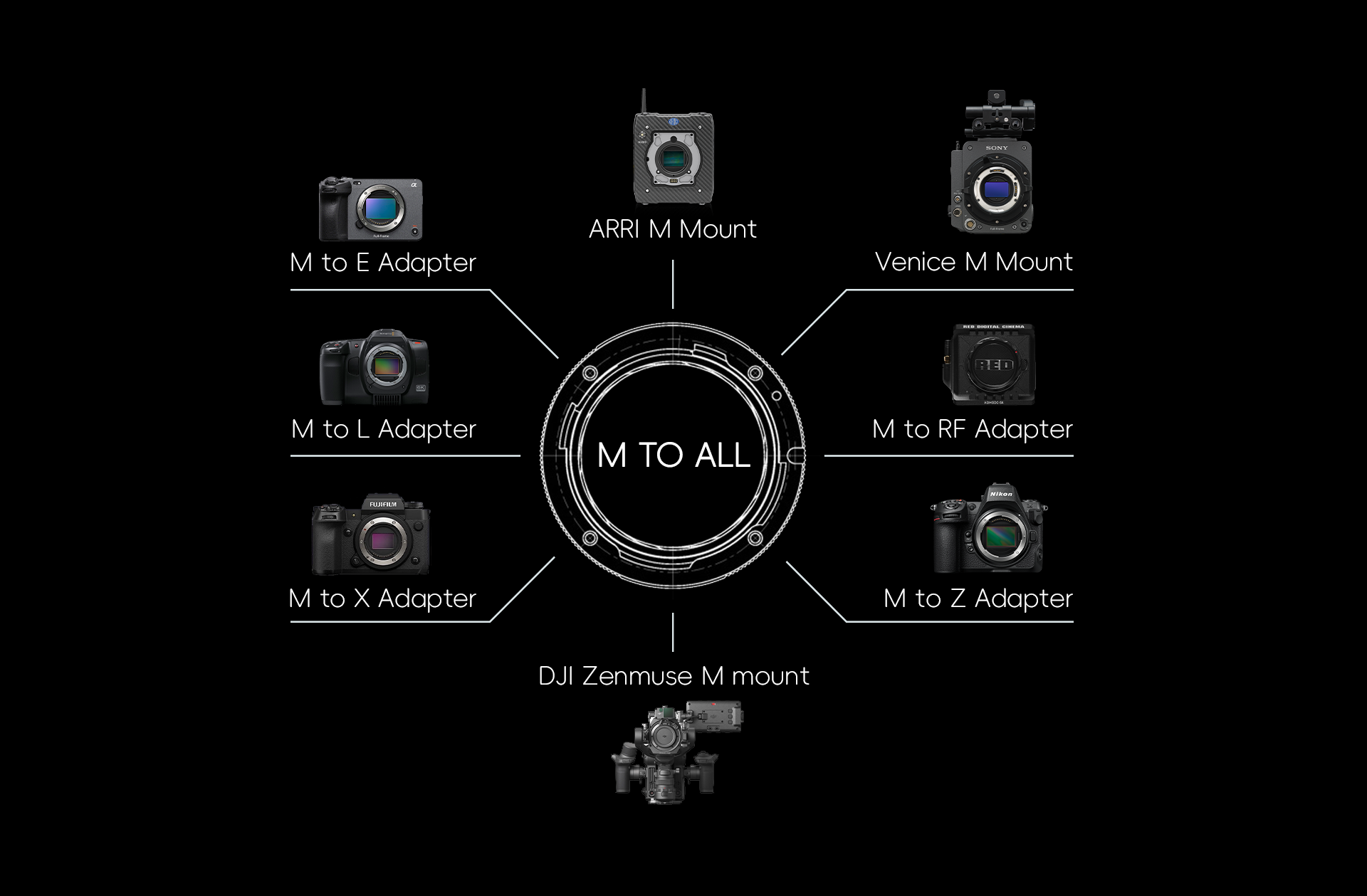
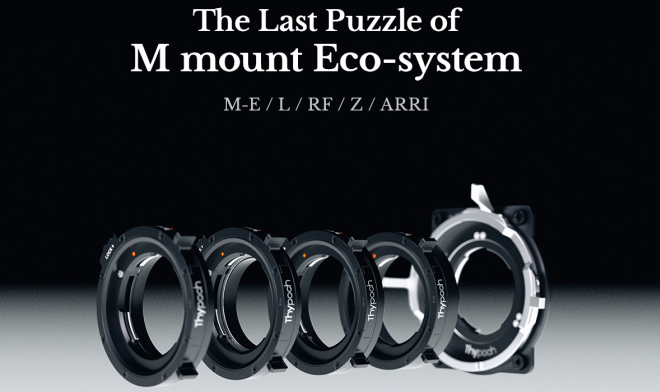



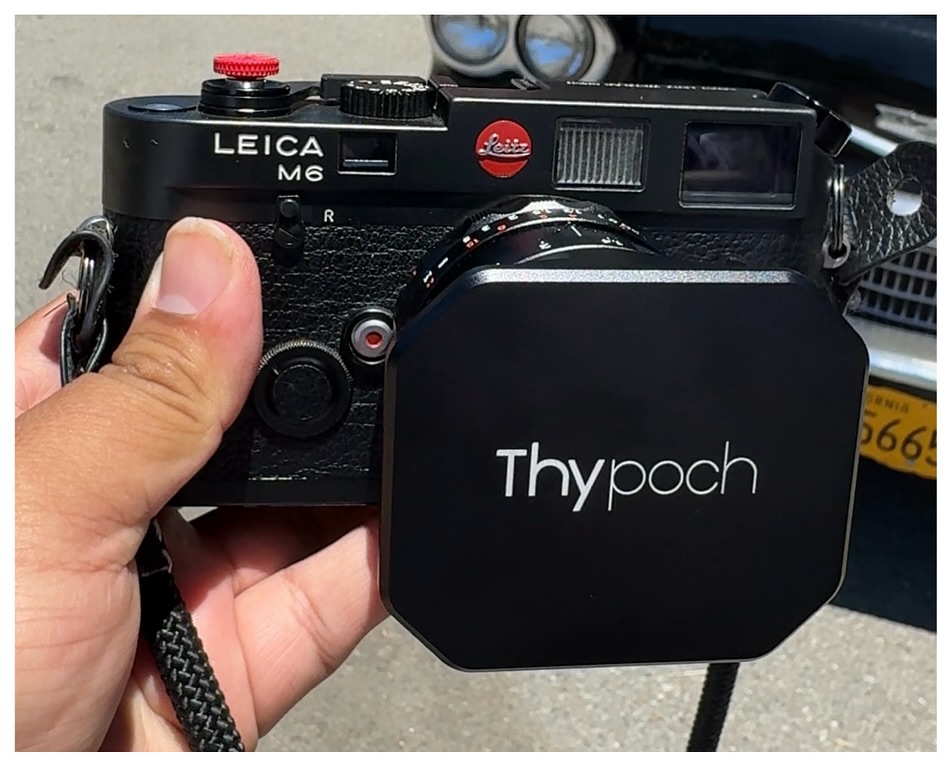
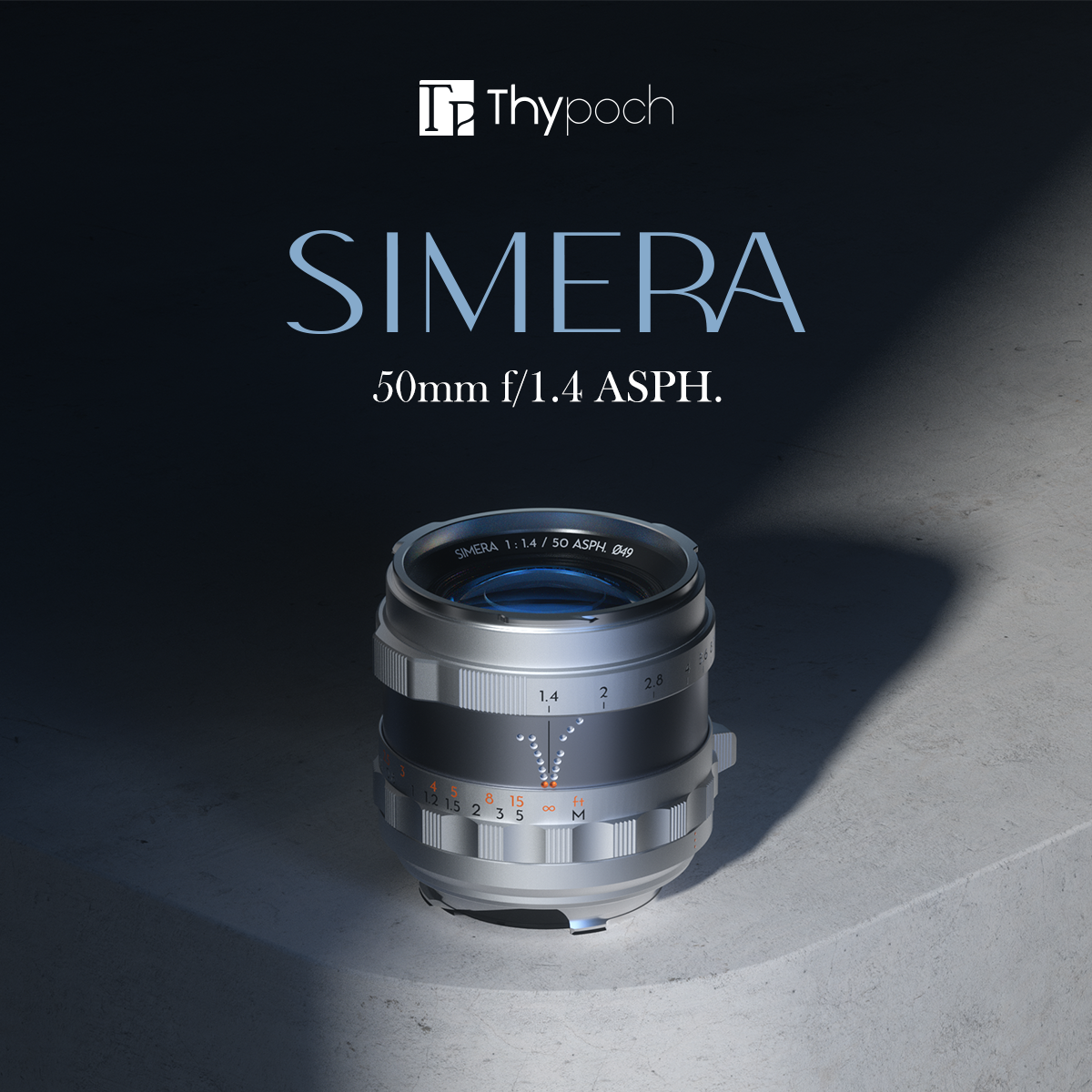


.jpeg)



.jpg)

.png)
.png)


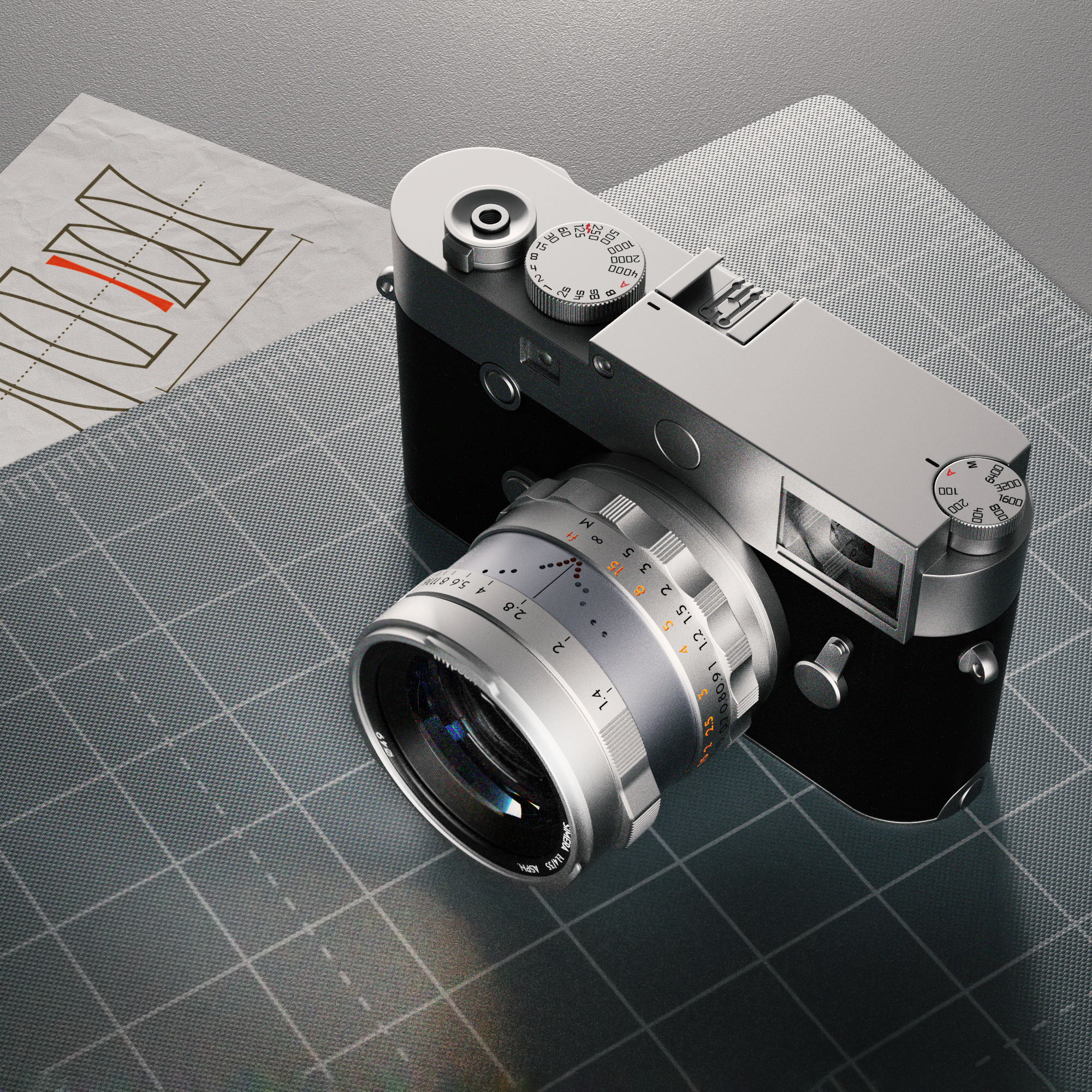
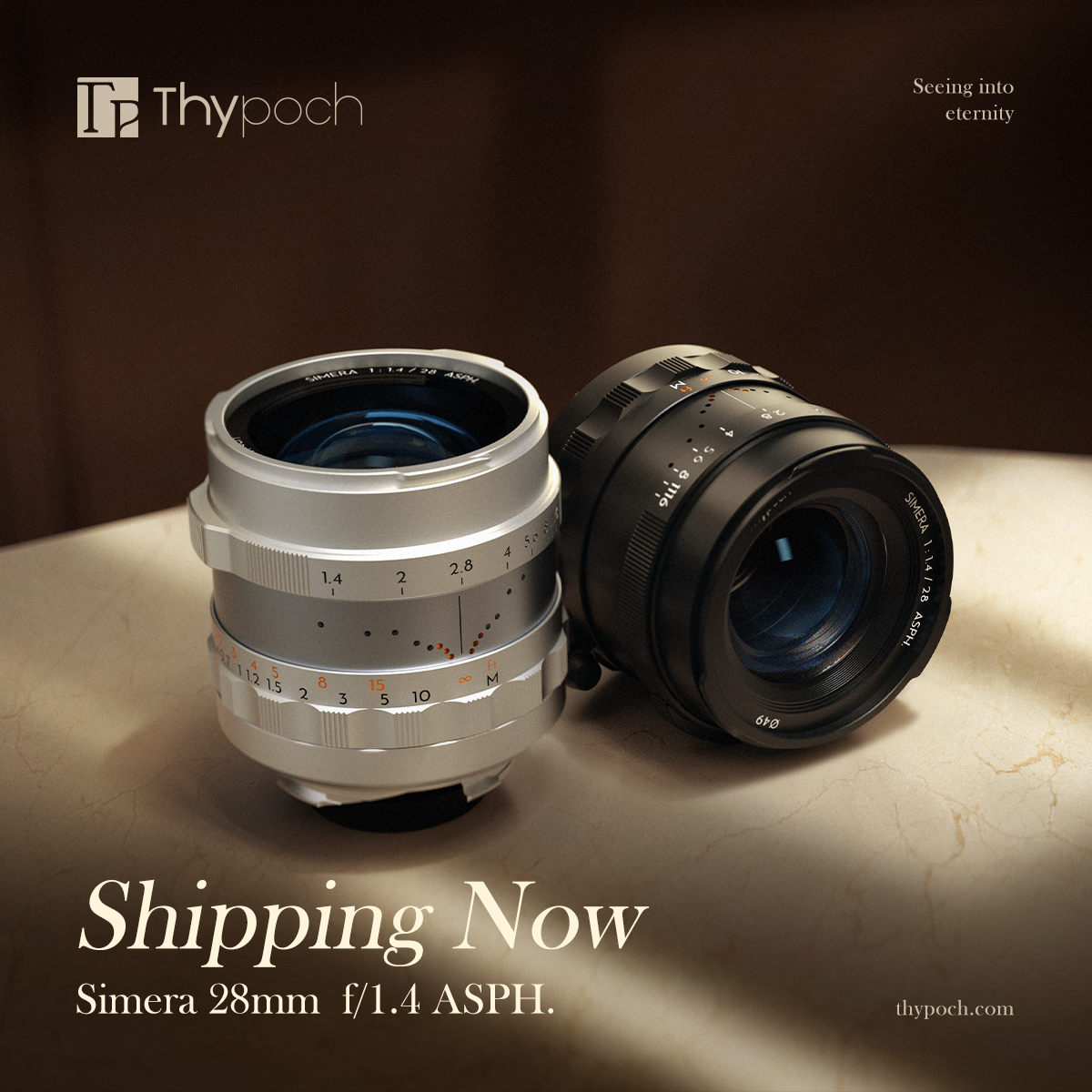

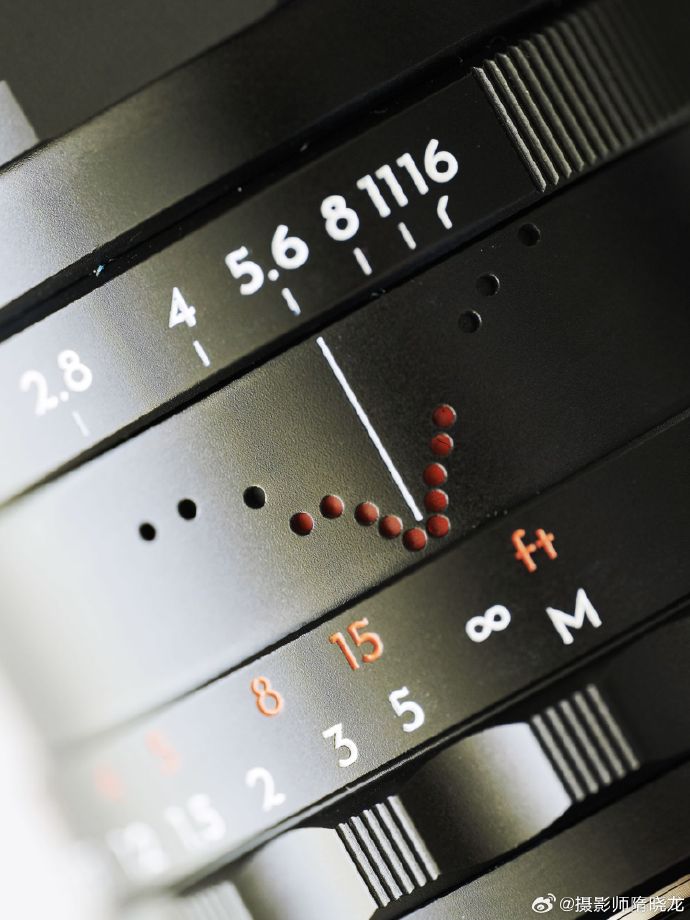
.png)
